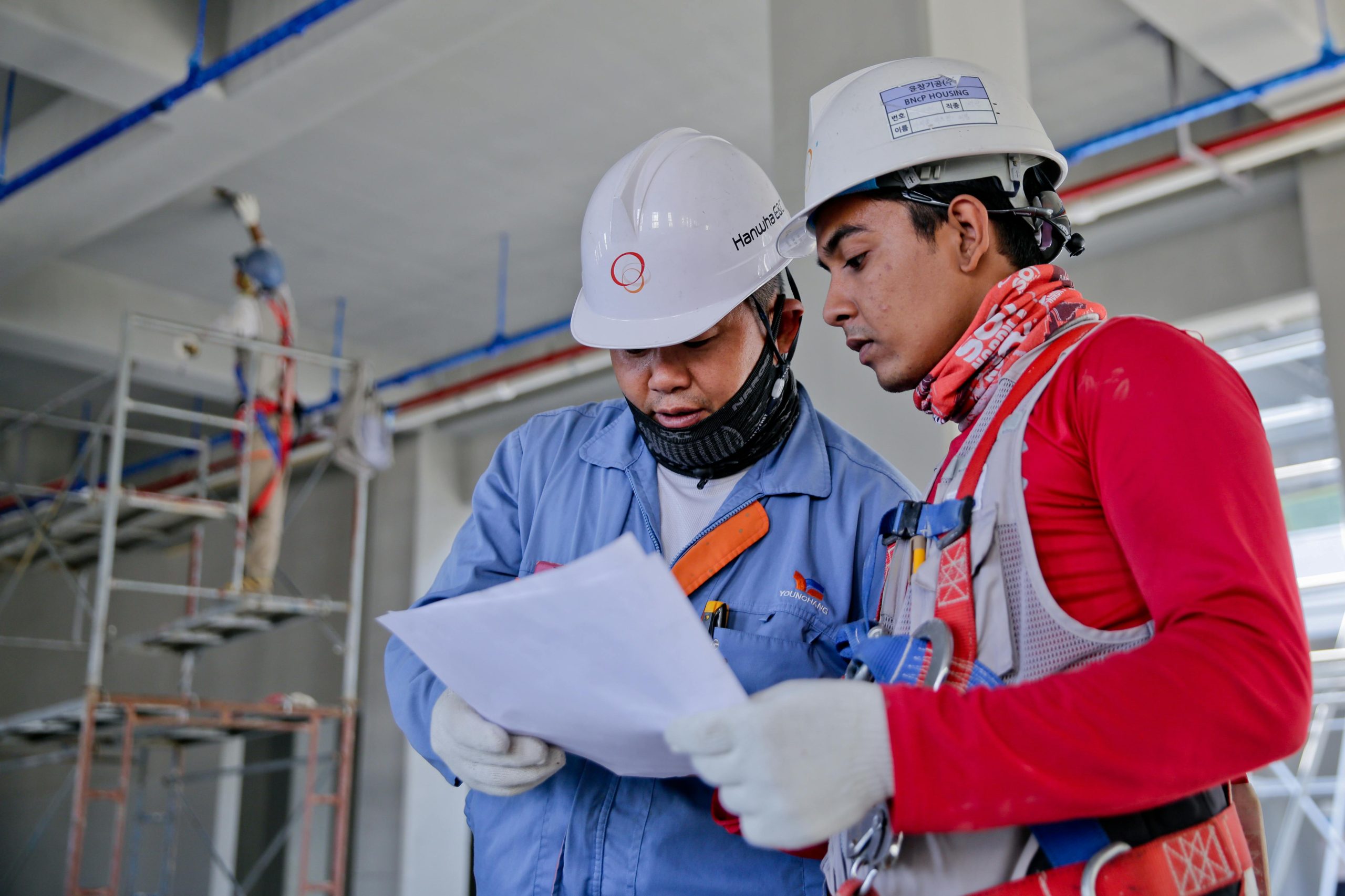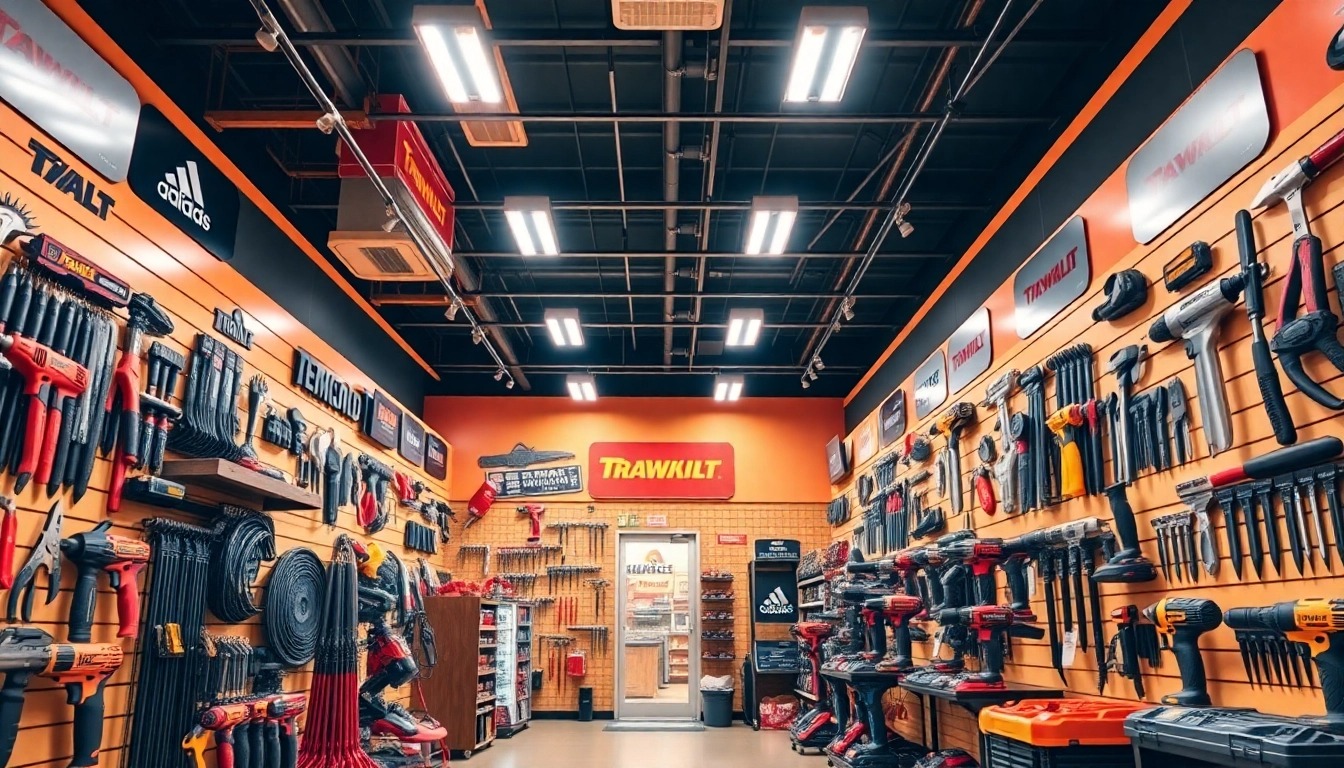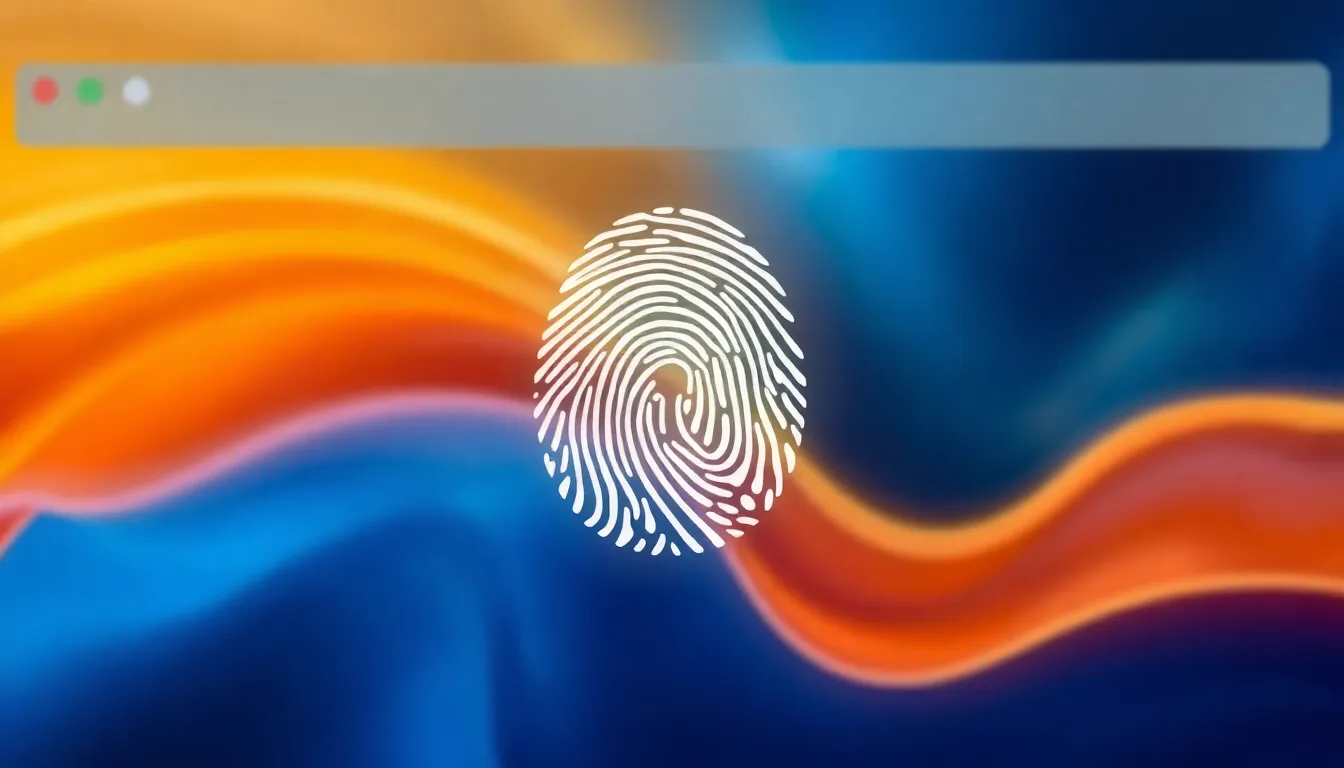Derailment repairs play an essential role in maintaining the safety and efficiency of rail networks worldwide. At Tri Innovations, we understand that prompt and expert Derailment repairs are not just about fixing damaged tracks or rolling stock—they are fundamental to preventing accidents, protecting lives, and ensuring the seamless operation of rail services. This article explores why expert derailment repairs are critical for rail safety, highlighting the processes involved, the risks of inadequate repairs, and the benefits of relying on professional services.
Understanding Derailment and Its Impact
What Is a Derailment?
A derailment occurs when a train or rail vehicle leaves the tracks unexpectedly. This can result from several causes, including track defects, equipment failure, excessive speed, or external factors like obstacles on the track. Derailments vary in severity—from minor incidents with little damage to catastrophic events causing extensive destruction and potential loss of life.
The Consequences of Derailments
Derailment incidents disrupt rail traffic, cause costly damage to infrastructure and rolling stock, and pose serious safety risks. Beyond the immediate financial impact, derailments can lead to injuries, fatalities, and environmental hazards if hazardous materials are involved. For these reasons, effective derailment repairs are crucial to restoring safe operations quickly and preventing future occurrences.
The Importance of Expert Derailment Repairs
Safety is Non-Negotiable
Rail safety depends heavily on the integrity of tracks and equipment. Expert derailment repairs ensure that damaged rails, ties, ballast, and other components are restored to their original strength and alignment. Without professional repairs, compromised infrastructure can increase the risk of repeat derailments, putting passengers, employees, and nearby communities at risk.
Minimizing Downtime and Economic Losses
Derailment incidents often result in rail line closures, causing significant delays and economic losses. Skilled repair teams can conduct efficient and thorough derailment repairs that minimize downtime. Fast restoration of service helps maintain supply chains and keeps passenger services running smoothly, benefiting both industry and the public.
Preserving Infrastructure Longevity
Rail infrastructure represents a substantial investment. Poor-quality or rushed derailment repairs can accelerate wear and tear, leading to frequent breakdowns and increased maintenance costs. Expert repairs use precise techniques and high-quality materials to preserve infrastructure longevity, ensuring sustainable rail operations.
Key Components of Expert Derailment Repairs
Damage Assessment and Investigation
Before repairs begin, a thorough assessment of the derailment site is essential. Experts analyze the extent of damage to rails, sleepers, ballast, signaling equipment, and rolling stock. Understanding the cause and impact of the derailment helps tailor the repair strategy to address all issues effectively.
Track Realignment and Replacement
Derailment often causes misalignment or breakage of rails and sleepers. Expert derailment repairs involve realigning tracks to exact specifications and replacing damaged components. Precision in this process is critical to ensure smooth, safe train movement after repairs.
Ballast Restoration and Stabilization
The ballast bed supports the track structure and absorbs dynamic forces from train movement. Derailment can displace or contaminate ballast, weakening track stability. Skilled repair crews restore and stabilize ballast to maintain track integrity and prevent future problems.
Equipment and Rolling Stock Repair
Derailment repairs also extend to damaged locomotives and railcars. Specialized technicians inspect and repair wheels, axles, and undercarriage components to restore operational safety and performance.
Signal and Communication System Repair
Rail signaling and communication systems may be compromised during derailments. Expert repairs include inspecting and restoring these critical systems to ensure safe train operations and coordination.
Risks of Inadequate Derailment Repairs
Increased Risk of Re-Derailment
Improper repairs can leave residual weaknesses in the track or equipment, heightening the risk of re-derailment. Such repeat incidents can escalate into more severe accidents with catastrophic consequences.
Legal and Regulatory Consequences
Rail operators are subject to strict safety regulations. Failure to conduct expert derailment repairs can lead to legal penalties, fines, and liability claims, damaging reputation and financial standing.
Environmental Hazards
Derailments involving hazardous materials can lead to spills and environmental contamination. Inadequate repairs may delay containment and cleanup efforts, exacerbating environmental damage.
Why Choose Professional Derailment Repair Services
Specialized Expertise and Equipment
Professional derailment repair companies like Tri Innovations possess the expertise, experience, and specialized equipment needed to handle complex derailment scenarios. Their teams are trained in industry best practices and safety protocols.
Customized Solutions
Every derailment incident is unique. Expert repair services provide customized solutions tailored to the specific damage and operational requirements of the affected rail segment, ensuring comprehensive restoration.
Commitment to Safety and Quality
Professional teams prioritize safety and quality above all else. Rigorous quality checks, compliance with industry standards, and continuous monitoring during repairs guarantee the highest standards of safety.
Advanced Technology Integration
Leading repair services utilize cutting-edge technology such as track geometry measurement systems, drones for site inspection, and modern materials that enhance durability and performance.
Preventive Measures to Complement Derailment Repairs
Regular Maintenance and Inspections
Routine track and equipment maintenance is the first line of defense against derailments. Scheduled inspections can detect potential issues early, allowing for corrective action before incidents occur.
Employee Training and Awareness
Training rail personnel on safety protocols, hazard identification, and emergency response reduces human errors that contribute to derailments.
Implementation of Advanced Monitoring Systems
Installing real-time monitoring systems on tracks and rolling stock helps detect anomalies and potential failures early, enabling proactive maintenance and avoiding derailments.
Conclusion
Expert derailment repairs are a critical pillar of rail safety that cannot be overlooked. They restore the integrity of rail infrastructure and equipment, minimize downtime, prevent further incidents, and protect lives. At Tri Innovations, we recognize the complexity and urgency of derailment repairs and are dedicated to providing professional, high-quality services tailored to each situation. By prioritizing expert derailment repairs and integrating preventive measures, rail operators can ensure safer, more reliable rail transportation for everyone.




